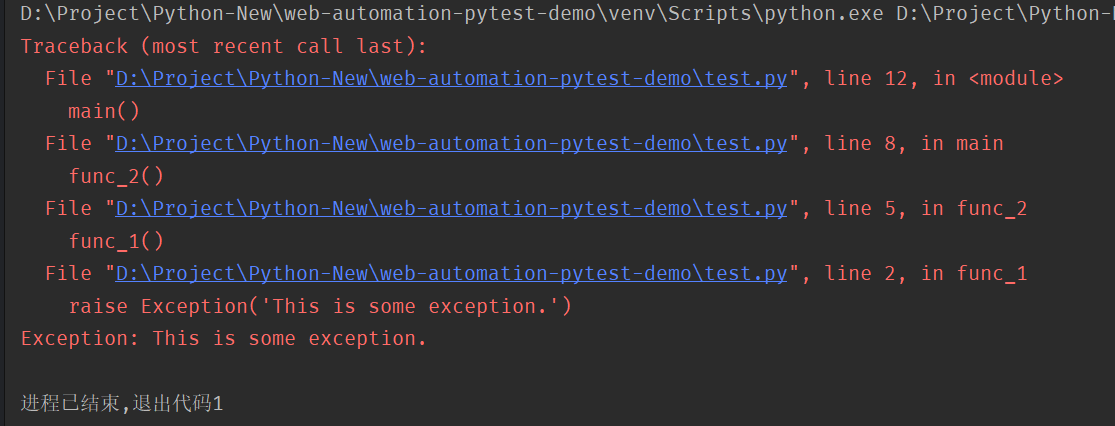Python单例模式最佳实现方法
摘要:Python单例模式最佳实现方法 单例模式是一种创建型设计模式,其目的是确保类只有一个实例,并提供一个全局访问点; 单例模式的优点包括: 确保只有一个实例:单例模式可以确保在系统中只有一个实例存在,从而避免了多个实例之间的竞争和冲突; 节...
Python单例模式最佳实现方法
单例模式是一种创建型设计模式,其目的是确保类只有一个实例,并提供一个全局访问点;
单例模式的优点包括:
- 确保只有一个实例:单例模式可以确保在系统中只有一个实例存在,从而避免了多个实例之间的竞争和冲突;
- 节省系统资源:由于只有一个实例存在,因此可以节省系统资源,提高系统的性能和效率;
- 提高系统的可维护性:由于单例模式可以将实例的创建和管理集中在一个类中,因此可以提高系统的可维护性和可扩展性;
- 提供全局访问点:由于单例模式可以提供一个全局访问点,因此可以方便地访问实例,从而简化系统的设计和实现;
总之,单例模式是一种简单而有效的设计模式,它可以提高系统的性能、可维护性和可扩展性。在需要确保只有一个实例存在的场景下,使用单例模式是一种非常好的选择。
在Python中,可以通过重写类的__new__方法实现单例模式。__new__方法在__init__方法之前被调用,并返回一个实例。因此,我们可以在__new__方法中判断类是否已经有一个实例,并返回这个实例。
以下是一个使用__new__方法实现单例模式的示例并使用了线程锁以适应多线程环境;
import threading
class Singleton:
"""
通过重写__new__方法实现单例模式
"""
def __new__(cls, *args, **kwargs):
with threading.RLock():
setattr(cls, '_instance', super().__new__(cls, *args, **kwargs) if not hasattr(cls, '_instance') else getattr(cls, '_instance'))
return getattr(cls, '_instance')以下是一个多线程脚本,用于测试Singleton类是否实现了单例模式;
import threading
class Singleton:
def __new__(cls, *args, **kwargs):
with threading.RLock():
setattr(cls, '_instance', super().__new__(cls, *args, **kwargs) if not hasattr(cls, '_instance') else getattr(cls, '_instance'))
return getattr(cls, '_instance')
def __init__(self):
pass
def test_singleton():
s = Singleton()
print("Singleton ID:", id(s))
threads = []
for i in range(15):
t = threading.Thread(target=test_singleton)
threads.append(t)
for t in threads:
t.start()
for t in threads:
t.join()
运行结果,ID都一样,每次实例化得到的都是同一个对象;

注释掉__new__方法,不实现使用单例模式,运行一下,可见每次都创建了新的对象;



